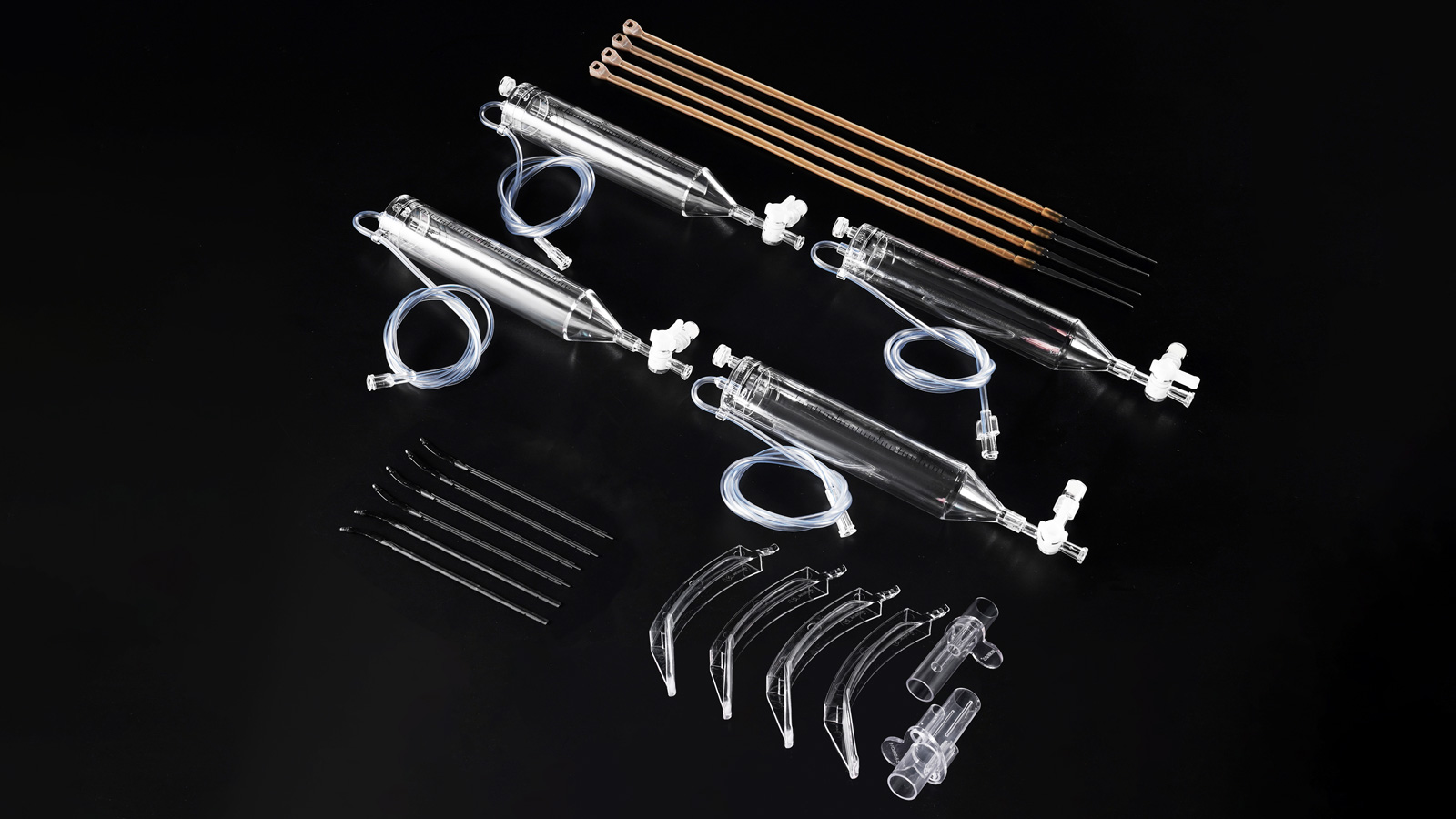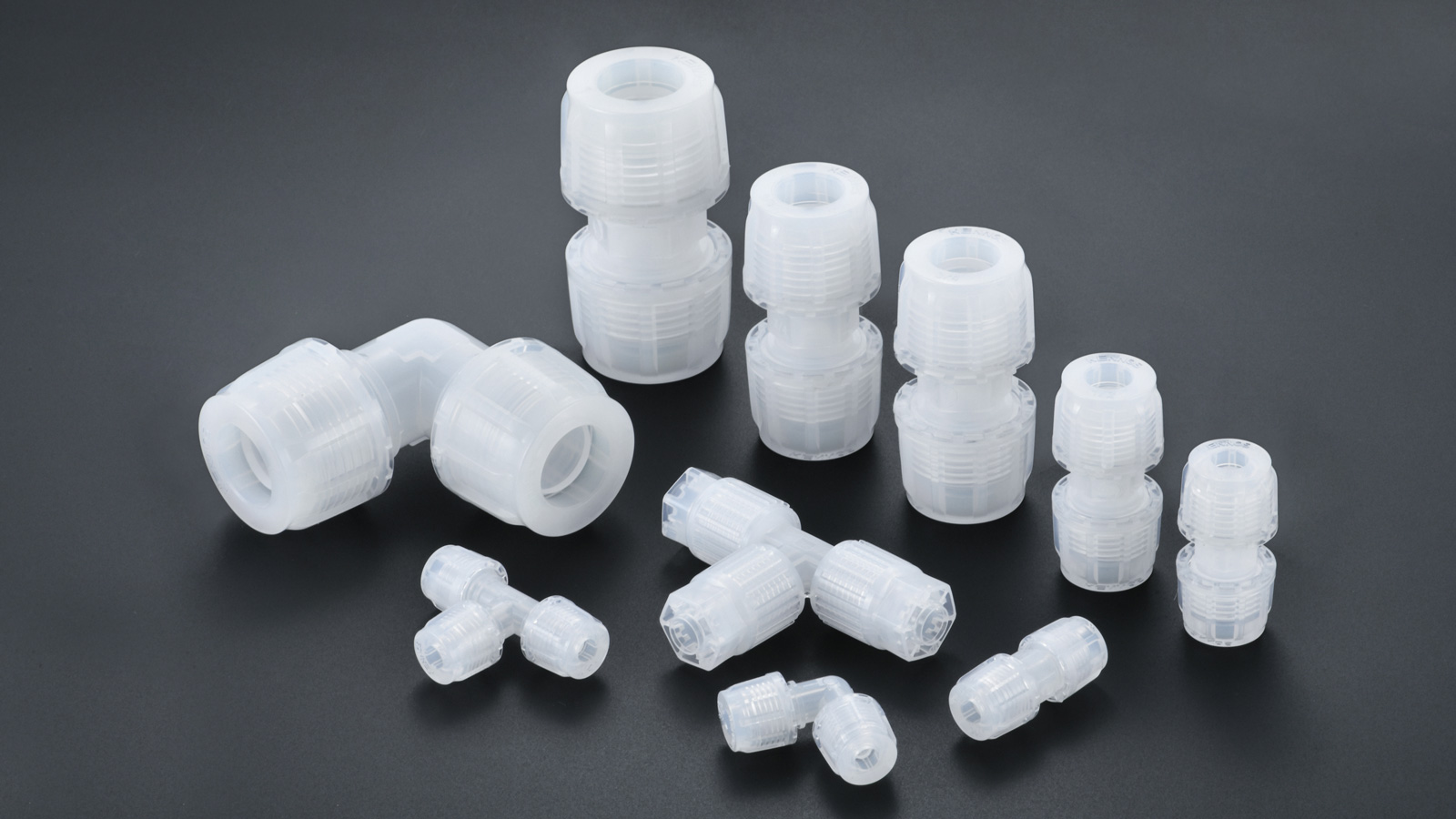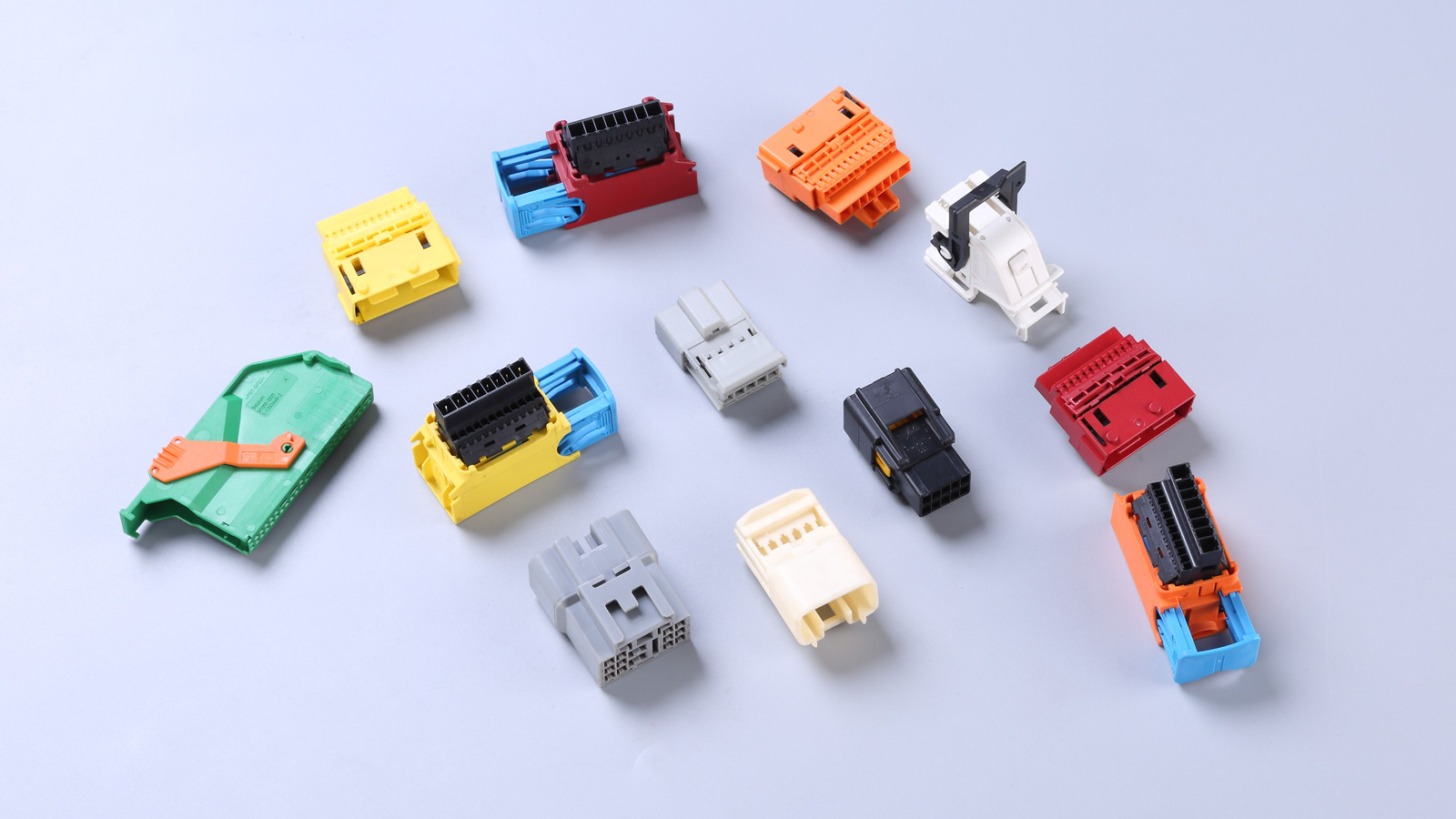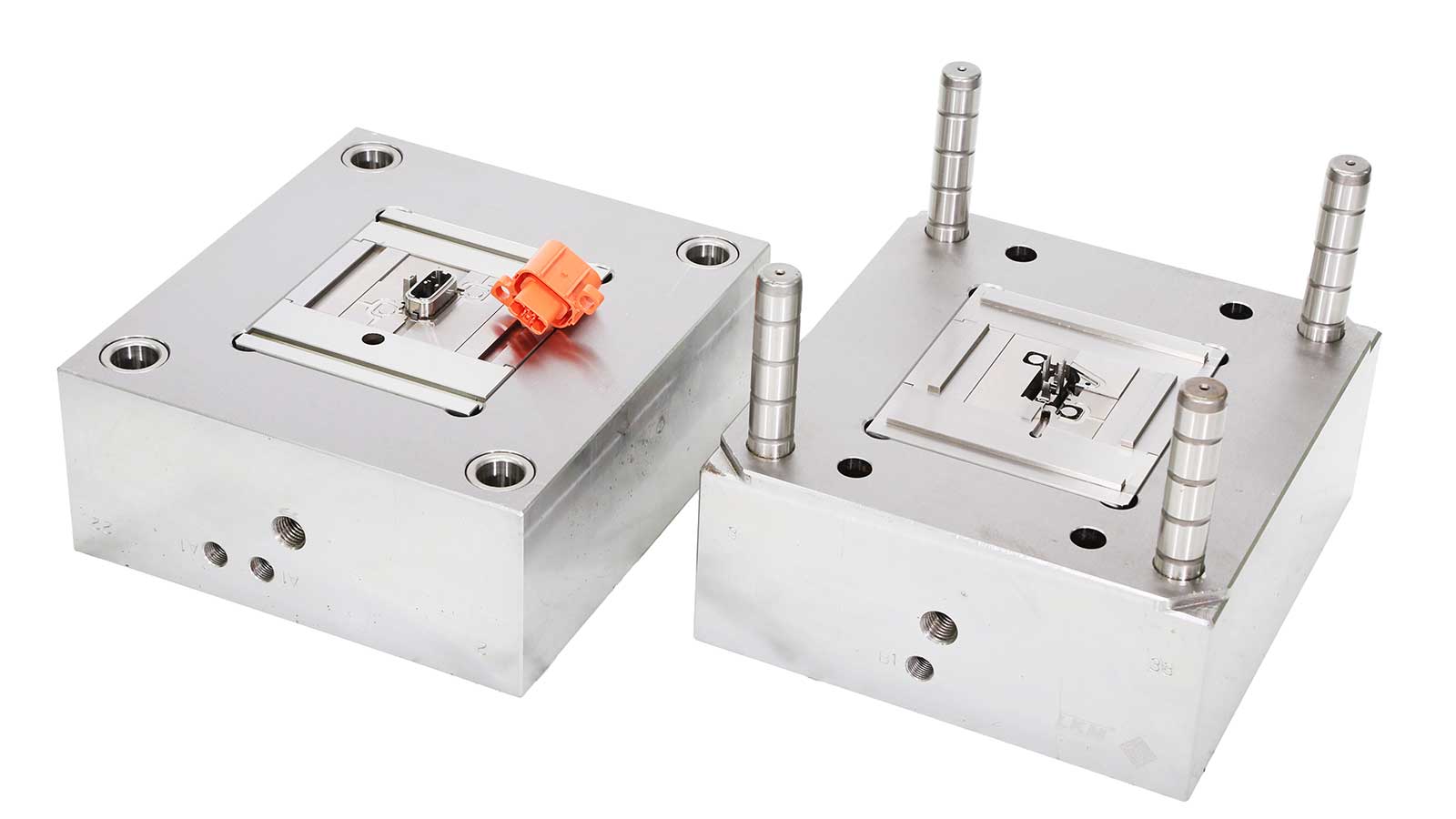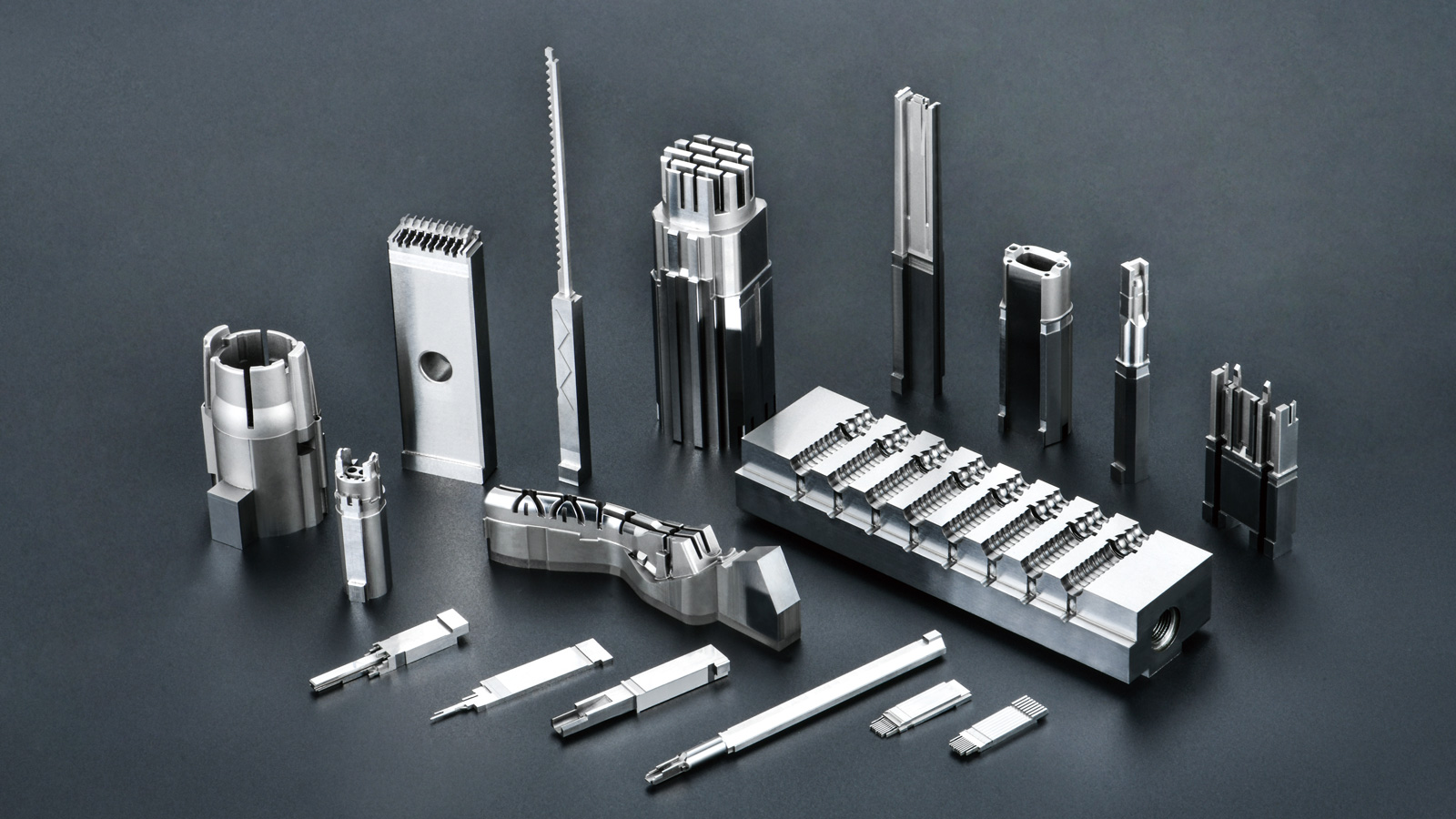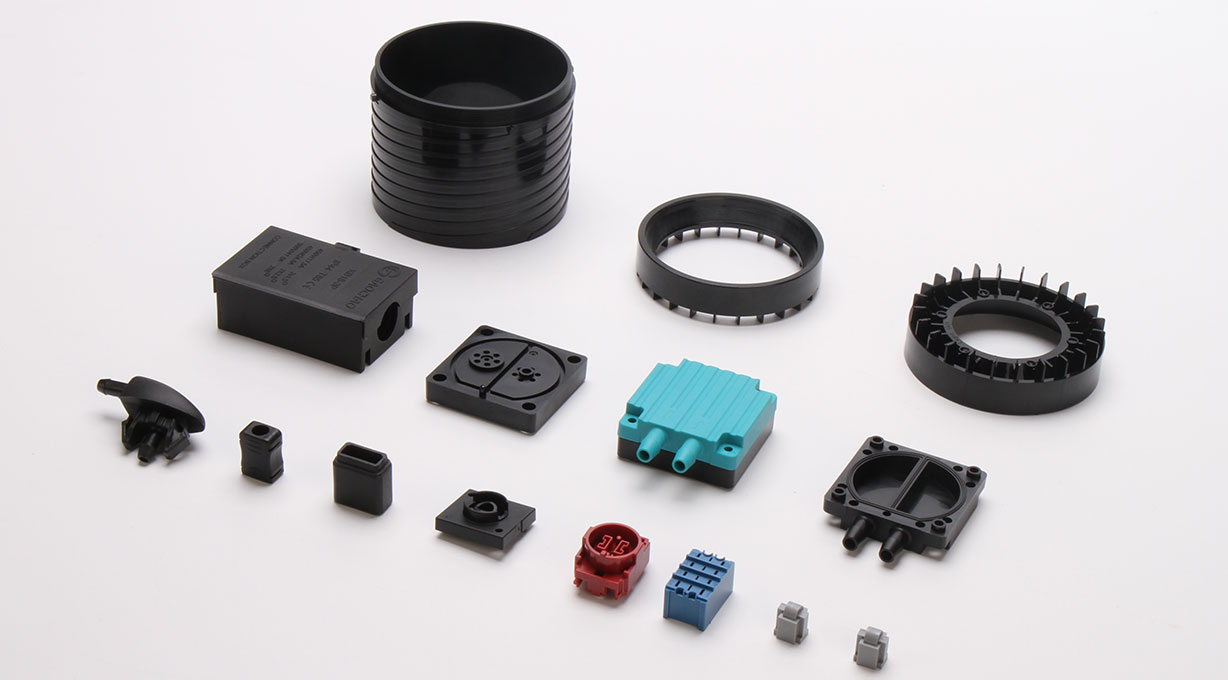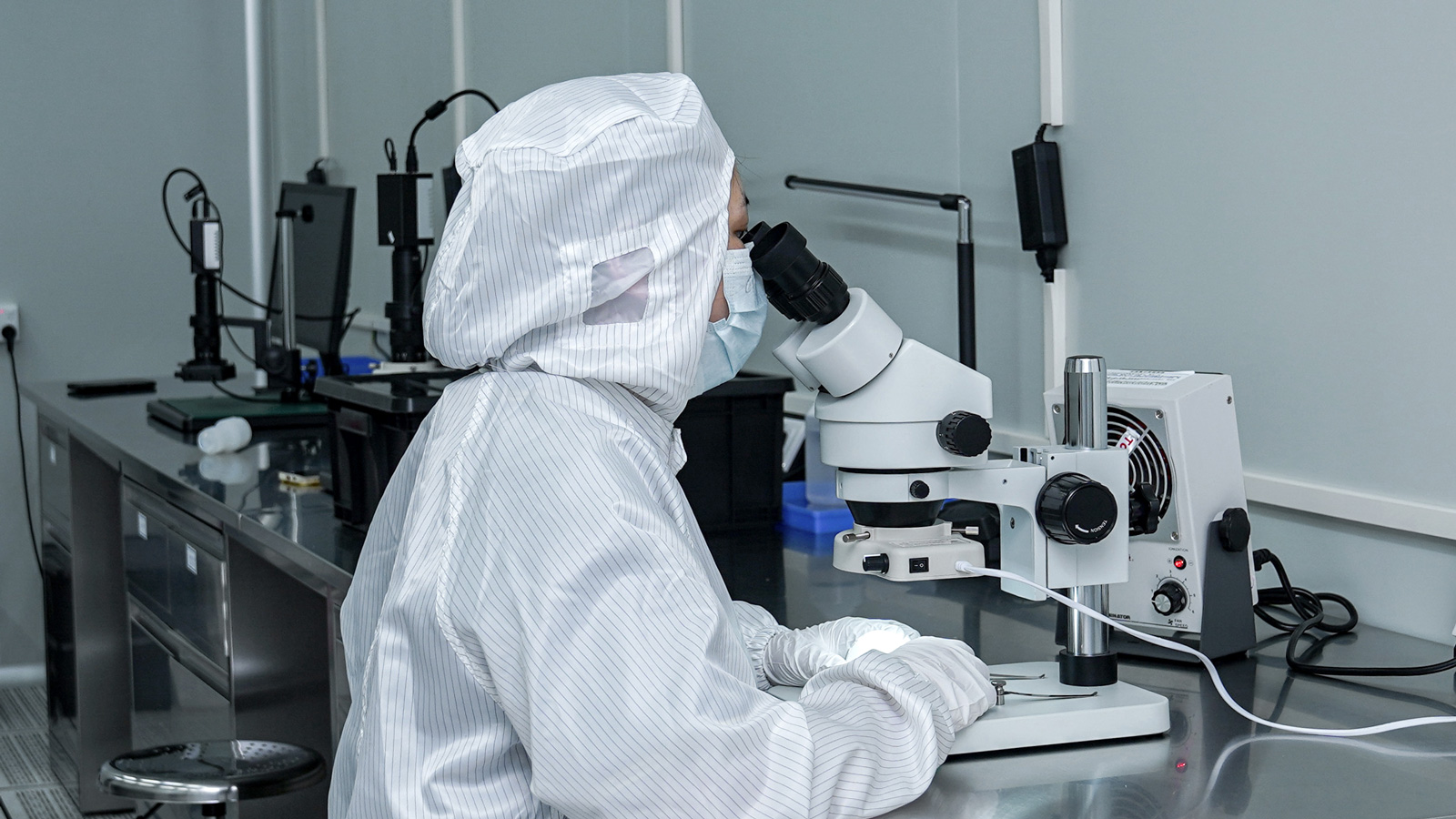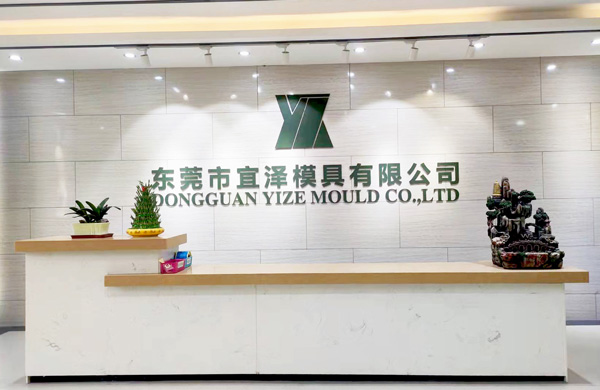In the field of injection molding, the dimensional accuracy of products is of utmost importance, and injection molding shrinkage is a crucial factor affecting product dimensions. Mold sizes are typically determined based on product dimensions plus the shrinkage rate. Therefore, during the mold design process, it is essential to thoroughly understand and consider the factors influencing the shrinkage rate. Shrinkage effects vary with changes in resin type and molding conditions. Let’s delve into the main factors affecting the injection molding shrinkage rate.
1. Resin Pressure: The “Regulator” of Shrinkage Rate
Resin pressure has a significant impact on the shrinkage rate. When the resin pressure increases, the shrinkage rate decreases, and the product size becomes larger. This is because under higher pressure, the resin is more tightly compacted within the mold cavity, with molecules arranged more closely, reducing the shrinkage space after cooling.
Moreover, even within the same cavity, resin pressure can vary due to differences in product shape. In multi-cavity molds, the resin pressure in each cavity may differ significantly, leading to varying shrinkage rates in each cavity. For example, in cavities with complex shapes and high flow resistance, the resin pressure may be relatively low, resulting in a larger shrinkage rate.
2. Mold Temperature: The “Temperature Switch” of Shrinkage Rate
Whether it is amorphous resin or crystalline resin, mold temperature affects the shrinkage rate. Generally, as the mold temperature increases, the shrinkage rate becomes larger. This is because a higher mold temperature keeps the resin in a molten state within the cavity for a longer time, slowing down the cooling rate. Molecules have more time to relax and rearrange, leading to increased shrinkage.
Therefore, during the injection molding process, the mold temperature needs to be strictly controlled within a specific range to ensure the dimensional stability of the product. For instance, for some products with extremely high dimensional accuracy requirements, the mold temperature fluctuation range may need to be controlled within a very small interval.
3. Gate Cross-Sectional Area: The “Flow Controller” of Shrinkage Rate
There is a close relationship between the gate’s cross-sectional area and the shrinkage rate. Typically, when the gate’s cross-sectional area changes, the shrinkage rate also changes. As the gate size increases, the shrinkage rate decreases, which is mainly related to the resin’s fluidity.
A larger gate size provides a smoother flow channel for the resin, enabling more uniform filling of the cavity and reducing local pressure and temperature differences caused by poor flow, thereby lowering the shrinkage rate. Conversely, a smaller gate size may restrict resin flow, leading to uneven filling and an increased shrinkage rate.
4. Product Wall Thickness: The “Thickness Sensor” of Shrinkage Rate
The product’s wall thickness also has a notable impact on the shrinkage rate. For amorphous resins, the effect of resin on the shrinkage rate concerning wall thickness is complex. Generally, the thicker the wall, the larger the shrinkage rate; conversely, the shrinkage rate is smaller. This is because a thicker wall causes the internal and external cooling rates of the resin to differ during the cooling process. The interior cools slowly and shrinks more, while the exterior cools quickly and shrinks less, resulting in a significant shrinkage difference.
For crystalline resins, it is necessary to pay special attention to avoiding extremely large variations in wall thickness. In multi-cavity molds, if the wall thicknesses of each cavity are different, the shrinkage rates will also vary, potentially leading to inconsistent product dimensions and affecting product quality.
5. Reinforcing Material Content: The “Fiber Regulator” of Shrinkage Rate
When using glass fiber-reinforced resins, the content of the reinforcing material significantly affects the injection molding shrinkage rate. The more glass fibers added, the smaller the shrinkage rate. This is because glass fibers act as supports within the resin, restricting molecular movement and reducing resin shrinkage during the cooling process.
Additionally, the shrinkage rate in the flow direction is usually smaller than that in the transverse direction. To prevent defects such as warping and distortion in the product, it is essential to fully consider the shape, position, and number of gates when designing the mold. Reasonable gate design enables uniform resin flow within the cavity, reducing internal stresses caused by uneven shrinkage.
Yize Mould, established in 2007 in Dongguan, has been dedicated to the design and manufacture of precision molds and the production of precision injection-molded products. The company’s business covers multiple fields, including automotive connectors, medical product injection molding, cleanroom injection molding, and PFA custom injection molding. It provides customers with a complete set of solutions, from product design, precision mold manufacturing, injection molding, and assembly, to after-sales service. If you have any questions or needs regarding injection molding, please feel free to contact us at +86 13302615729 (same number for WeChat and WhatsApp). We will be delighted to serve you!
